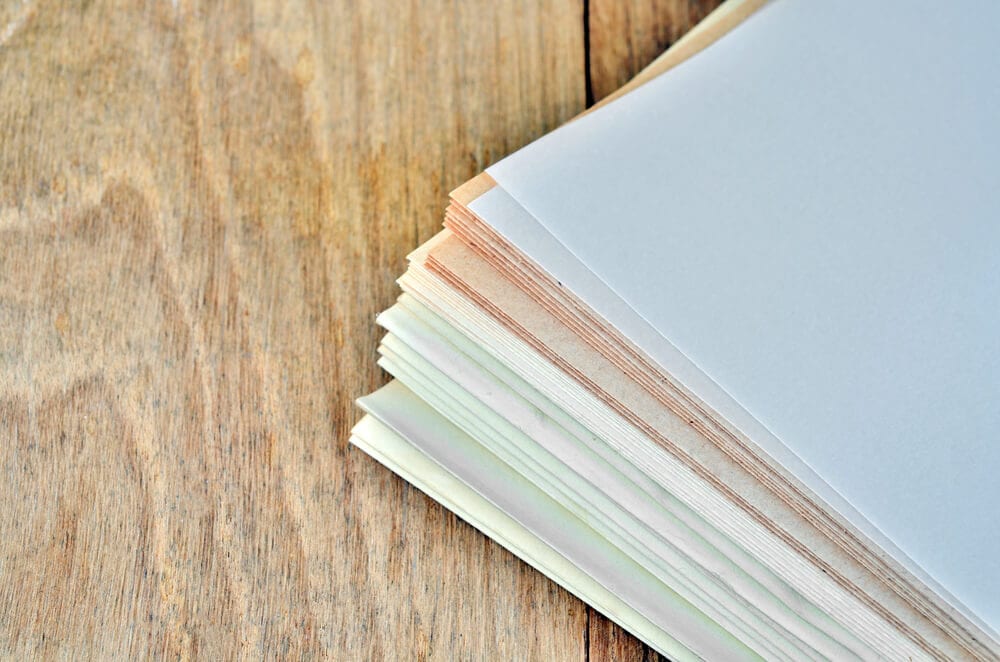Whether you are printing flyers, business cards, reports, or marketing collateral, choosing the perfect paper stock will give a professional and impressive finish. Knowing what stock to choose will bring out every detail to make your work look better than you could imagine.
With so many variations of paper available it can be easy to get confused when selecting the right material, thickness, and coating; then there are special finishes and spot treatments.
Using digital printing services allows you to customise each page to create a stunning effect. To get you started we‘ve put together this handy guide to help you understand the world of paper, from stocks to finishes and treatments.
Paper weight (thickness) – what is GSM?
The “weight” or thickness of paper stock is measured in grams per square metre, or GSM. Don’t worry, you won’t have to know the exact GSM of your paper – just remember a higher GSM means thicker, more durable paper. Here are some examples:
· Everyday copy paper is usually 80-100 GSM
· Flyers, brochures, and booklets are around 120-170 GSM
· Magazine and book covers are normally 200-250 GSM
· Thicker stock 280-420 GSM is used in business cards and greeting cards, presentation folders, and invitations
Generally thinner stock is used for disposable, bigger run jobs like handouts where thicker stock is used when it matters to make an impression (think invitations, book covers etc).
Coated vs Uncoated stock
Different coatings make ink and colour behave in a variety of ways. On uncoated stock – that is, untreated and more “natural” looking – the ink will bleed in to the fibres of the paper a little more, but have a nicer feel and weight for books or writing. Coated stocks on the other hand are perfect for bright crisp colours, like printing photos and glossy brochures.
Digital printing can be done on uncoated or coated stock so the choice is yours. There are a few options to choose from:
· Uncoated stock is great in any GSM, giving a natural feel to books and copy printed on thin stocks and an authentic fibrousness to thick stock. It is also (usually) more inexpensive than coated stock
· Matte laminate is a forgiving coating which, although not as reflective as gloss, works well on thicker stocks like cards, book covers, and brochures
· Gloss laminate makes colours pop, reflecting light for a shiny and smooth finish that is perfect for photos, magazines, or whenever your paper wants to grab attention
Stamping and spot treatments
For those jobs where one part of the paper has to stand out from the rest, consider spot treatments, embossed text, or foil. These can be applied to a few words, an image, or a whole page depending on what you want.
UV spot treatments and aqueous coatings change the look and tactility of the paper by bringing out a small section in subtle (or not-so-subtle) ways. With embossed text words jump right off the page, making them noticeable and bold. Foils can be applied on spot treatments with astounding effects, like gold or other metallic treatments giving a sophisticated finish to any print job.

